We may earn money or products from the companies mentioned in this post. This means if you click on the link and purchase the item, I will receive a small commission at no extra cost to you ... you're just helping re-supply our family's travel fund.
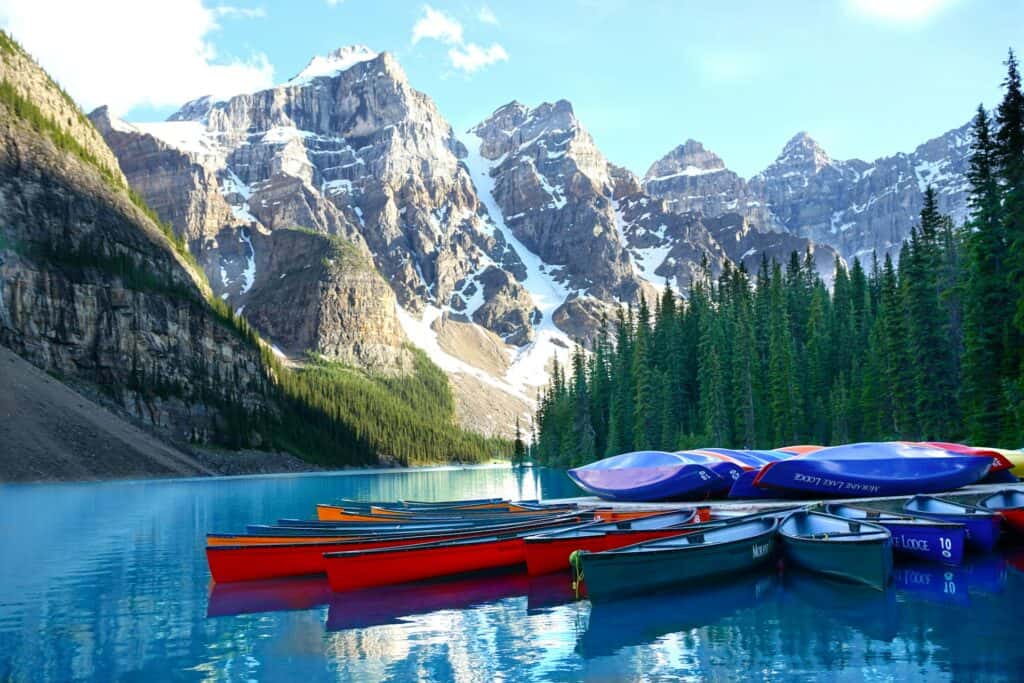
You come to Banff for lakes and peaks that look timeless, then realize the pressure of millions of visitors leaves marks everywhere. The response has been practical changes that shift how you move, where you park, and even when you can hike. Shuttles and fees shape access, lotteries protect fragile valleys, and strict wildlife rules keep bears safe. It can feel restrictive at first, but once you’re on a quiet trail or bus ride without chaos, you understand why these measures matter.
Private Cars Give Way To Lake Shuttles
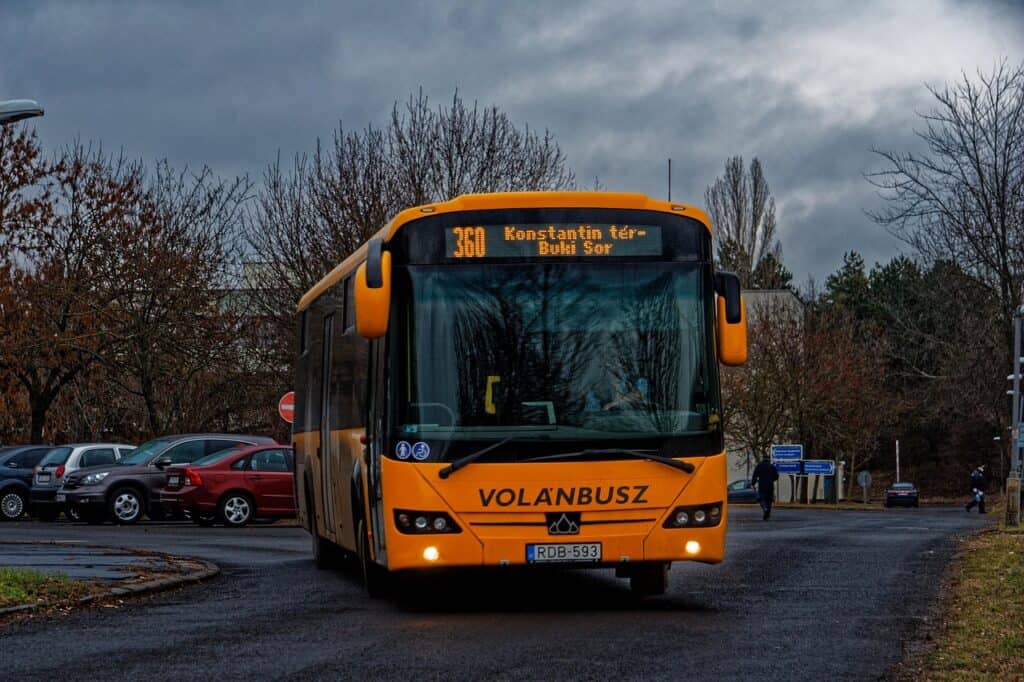
Moraine Lake is no longer a drive up destination. Private vehicles are banned year round, leaving access to Parks Canada shuttles, Roam Transit, and licensed operators. This change unclogs a road once jammed at 4 a.m. and restores space for wildlife to cross safely. The mood at the lakeshore is calmer too, with fewer idling engines and less roadside chaos. You trade independence for predictability, but the result is a better experience for both visitors and the valley itself.
Reservations Decide Your Morning
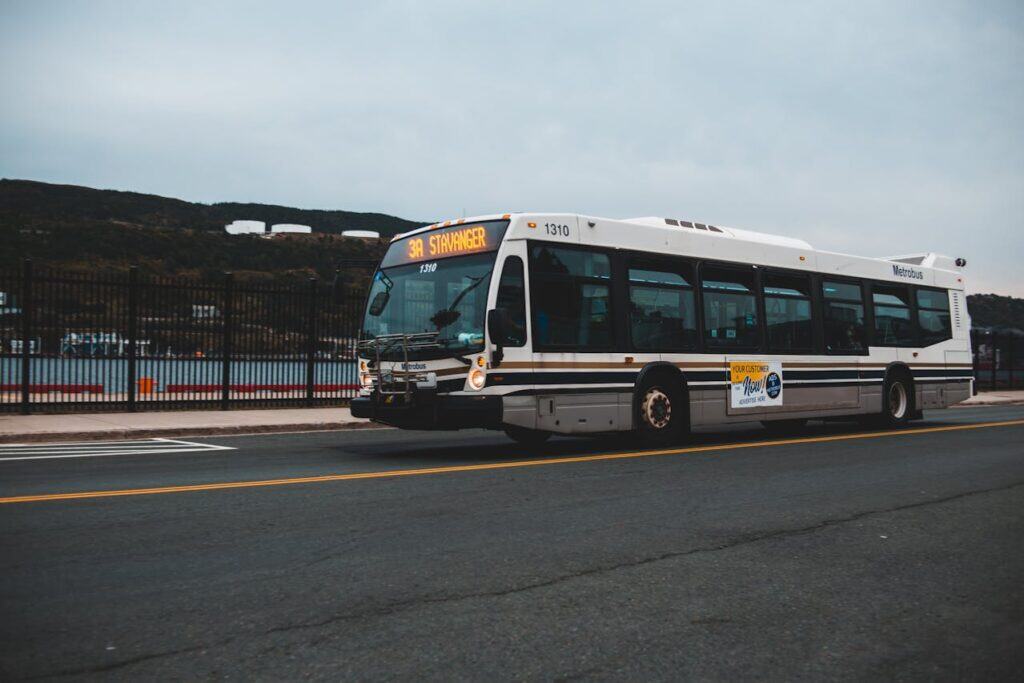
Reaching Moraine Lake or Lake Louise now means booking shuttle seats online. Some open months ahead, while others are released two days before at 8 a.m., making timing critical. Gone are the days of parking roulette or sunrise frustration. Instead, you plan, confirm, and arrive knowing a seat is waiting. It requires discipline but cuts stress and limits wasted trips. Once you’re on board, the ride itself feels like part of the adventure, winding you into the mountains without hassle.
Regional Buses Replace Road Trips
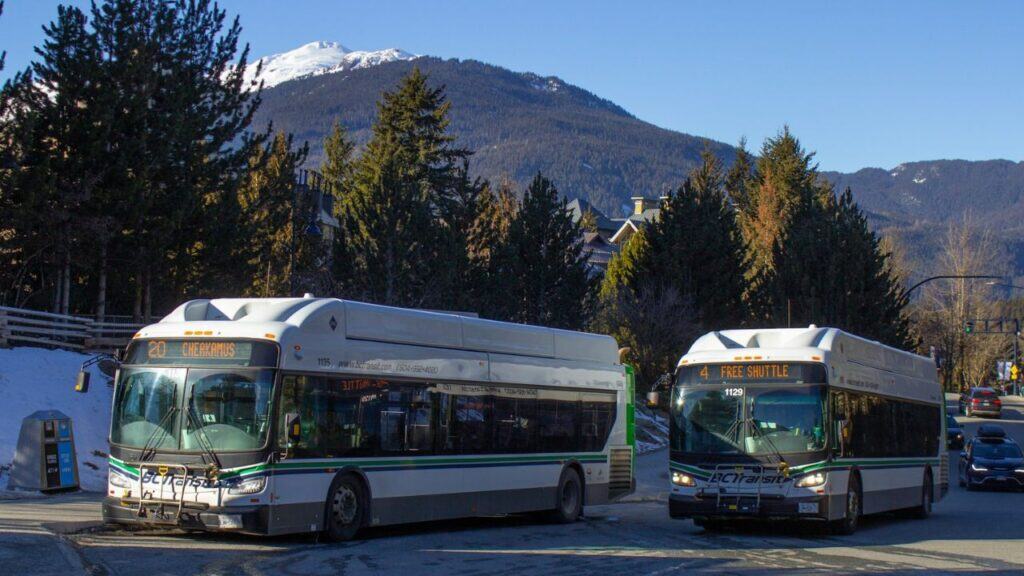
Overtourism has changed how you get to Banff. More visitors arrive on Calgary to Banff buses or board Roam Transit routes that link towns to trailheads. It’s slower than driving, but it reduces congestion and makes your trip easier once you’re inside the park. Sitting back on the bus, you watch peaks rise while someone else manages the road. It’s a cultural shift too, seeing mountain travel as communal rather than individual. The trade off is less control, but the gain is a smoother flow for everyone.
Wildlife First On Popular Trails
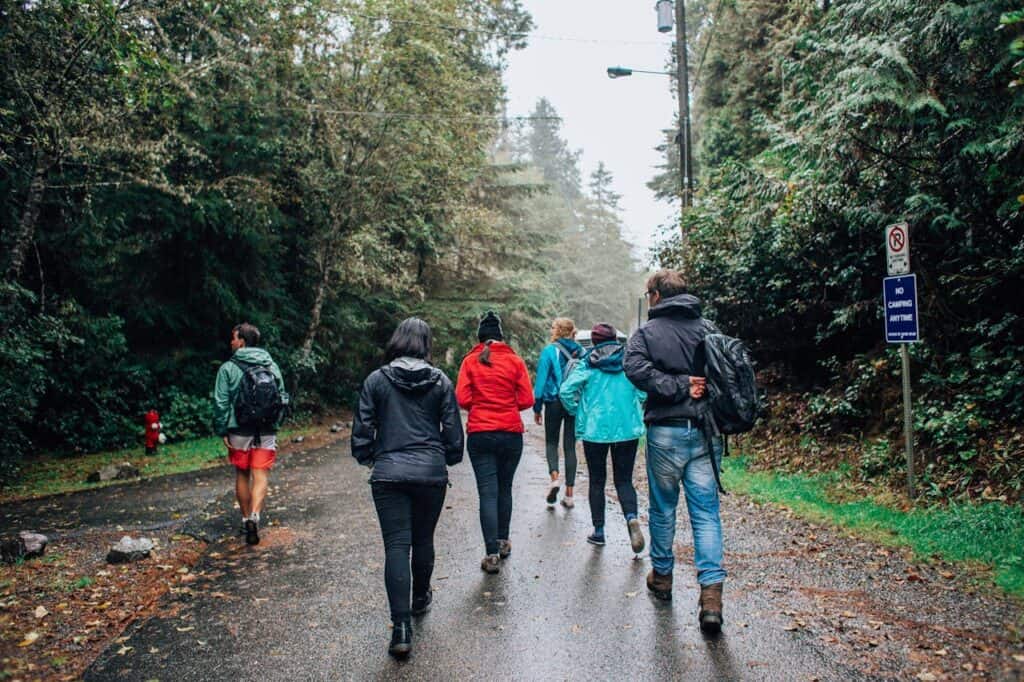
On trails like Larch Valley or Sentinel Pass, Parks Canada enforces minimum groups of four during berry season. It protects hikers and lets bears feed without disruption. You might have to join strangers, but that small change lowers encounters that end badly for both people and animals. Seasonal closures appear often, and signs leave no room for argument. Hiking in Banff is no longer just about your pace; it’s about fitting into a system designed to keep wildlife safe and present.
Shoulder Seasons Get Smarter
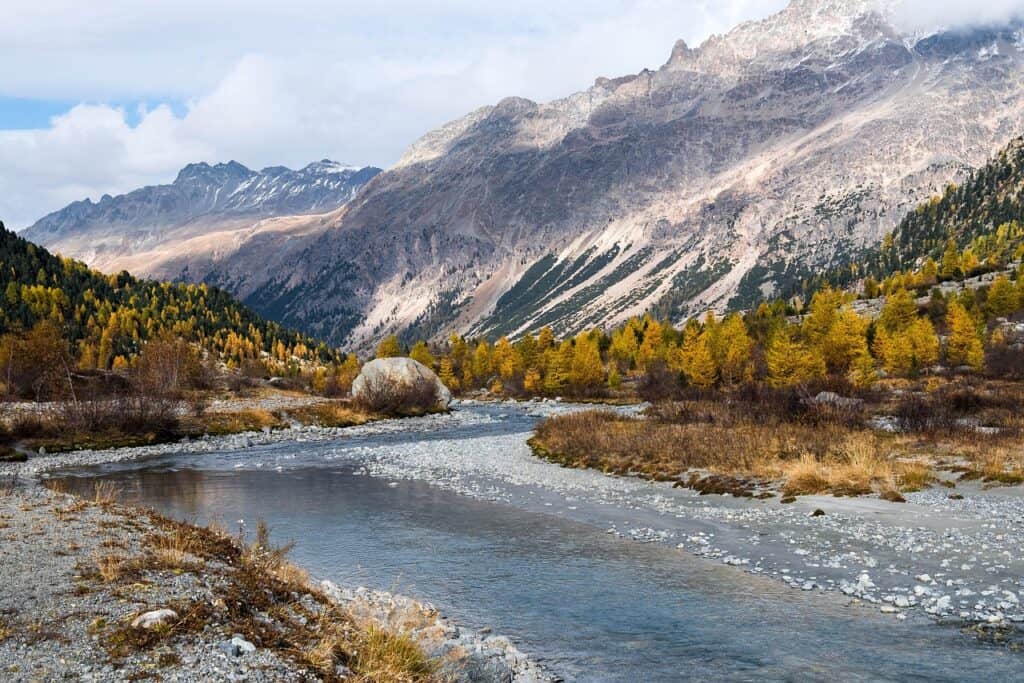
Crowds don’t vanish in September anymore, but access is managed differently. Shuttles run on extended fall schedules, and ticket releases encourage visitors to spread out. The color in the larches draws thousands, yet the organization means fewer illegal parkings and less chaos at dawn. Visiting on weekdays or cooler mornings rewards you with more space and calmer trails. It’s a reminder that timing is as much part of the plan as your boots or camera, and the park now expects you to think that way.
Lotteries Protect Fragile Valleys
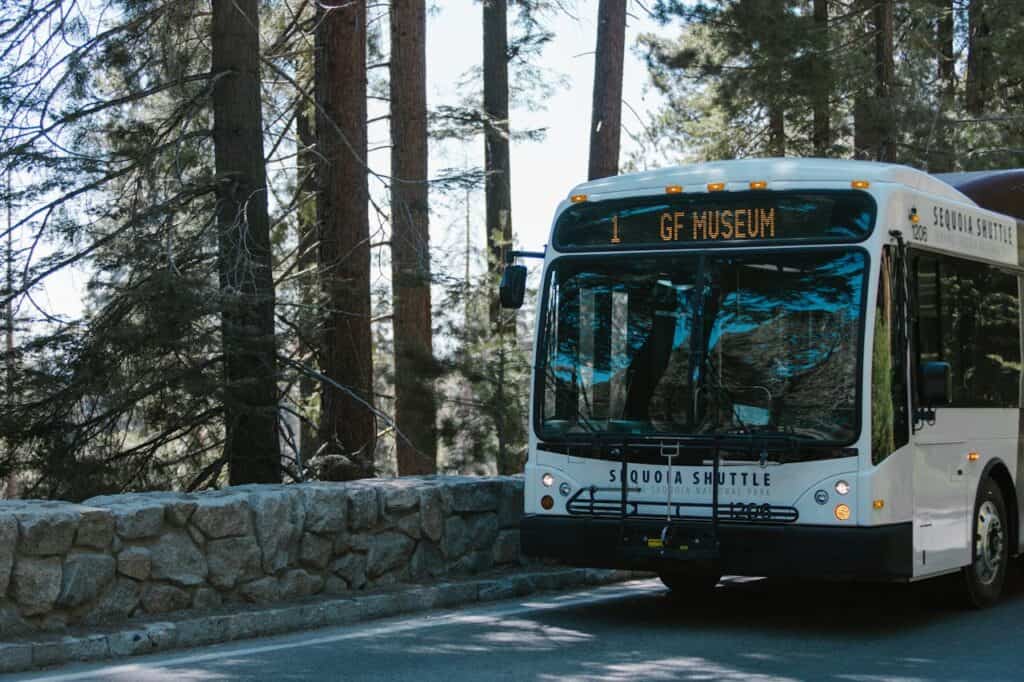
At Yoho National Park’s Lake O’Hara, numbers are controlled by a shuttle lottery. Demand far exceeds supply, so luck decides who gets in. If you win, you’re stepping into one of the most pristine alpine basins in the Rockies without a crush of people. If you lose, you look elsewhere. It feels frustrating until you stand by the lake and realize this quiet owes its existence to limited access. The system prioritizes preservation over volume, and it works beautifully for the lucky few.
No Drones. Full Stop.
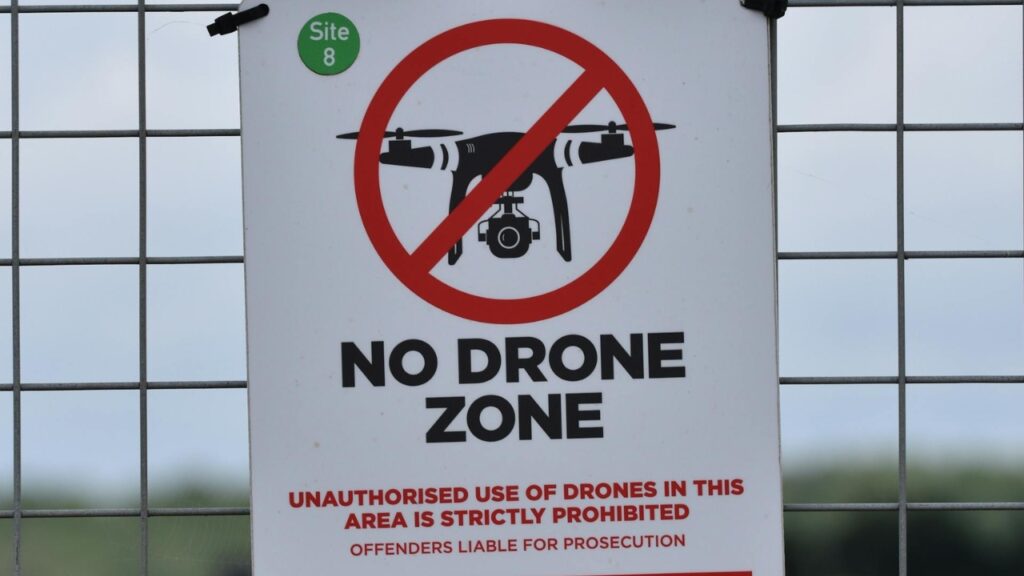
Drone use is banned across all of Parks Canada’s sites, with fines steep enough to sting. The reasons are clear: buzzing machines disturb wildlife, invade visitor privacy, and shatter the natural soundscape. That ban means overlooks and lakesides remain places of wind, birds, and silence rather than propellers. If you want aerial shots, you’ll need a permit reserved for professional crews. For most travelers, that means leaning on old tools: a tripod, patience, and light that makes the peaks glow without noise.
Park Passes And New Free Windows
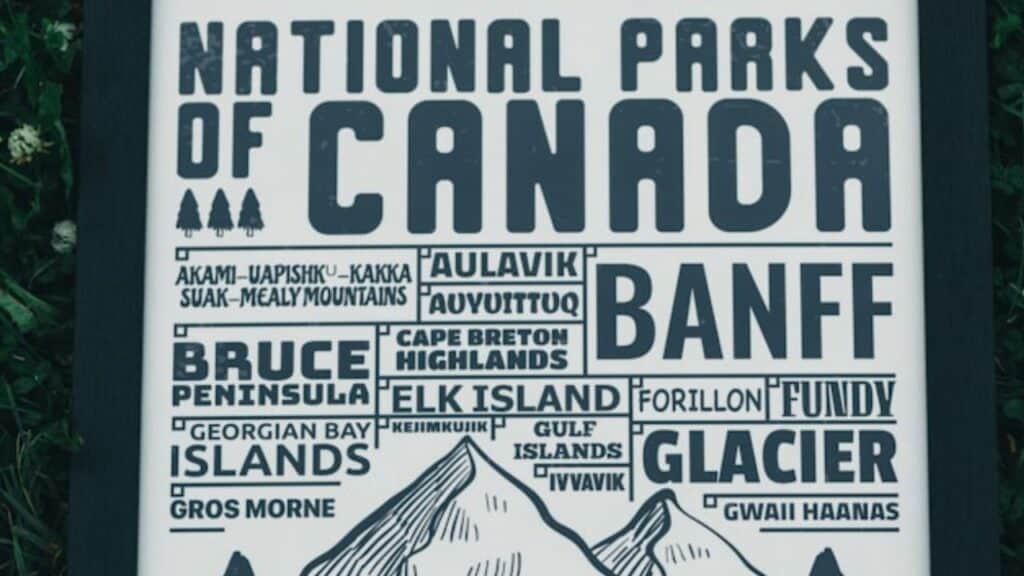
Entry still requires a valid Parks Canada pass, even if you use shuttles or buses. The price funds conservation and staff who manage the daily pressures of overtourism. Occasionally, free admission windows appear as part of national initiatives, but don’t mistake them for free access overall. Parking fees and shuttles remain separate. Buying your pass ahead keeps gate lines moving and sets the right tone. Supporting the park financially isn’t just obligation, it’s part of being a guest in a fragile place.
Corridors Reopen When Traffic Drops
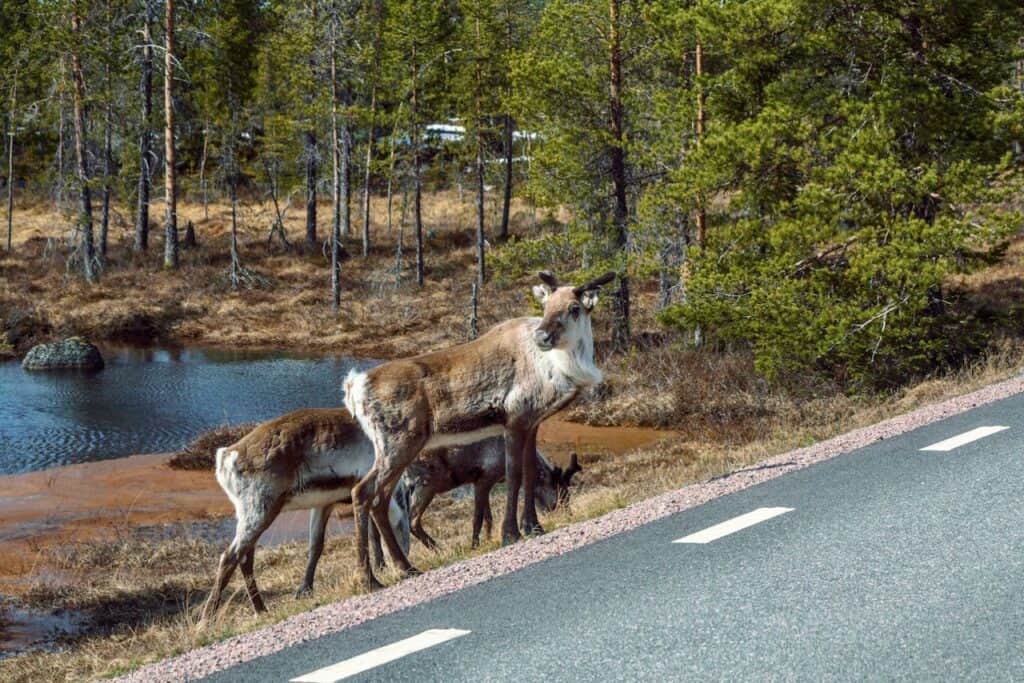
The closure of Moraine Lake Road to private cars didn’t just improve parking. It reopened a key wildlife corridor, especially for elk and bears that move at dawn and dusk. With traffic gone, animals cross without constant stress, and visitors see more natural behavior from safe distances. Shuttles still bring people in, but the valley feels different, quieter, more balanced. It’s a reminder that overtourism isn’t just about humans crowding each other. It’s about giving the land and its animals breathing space again.